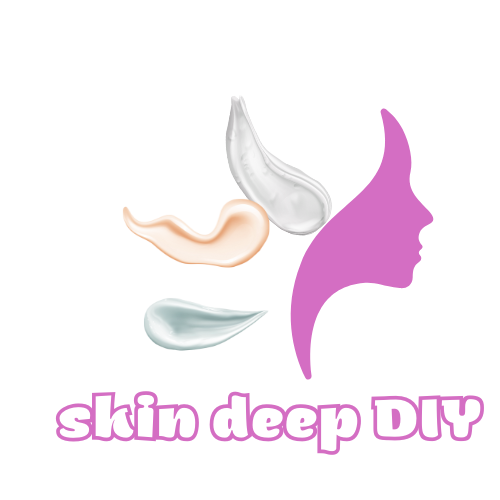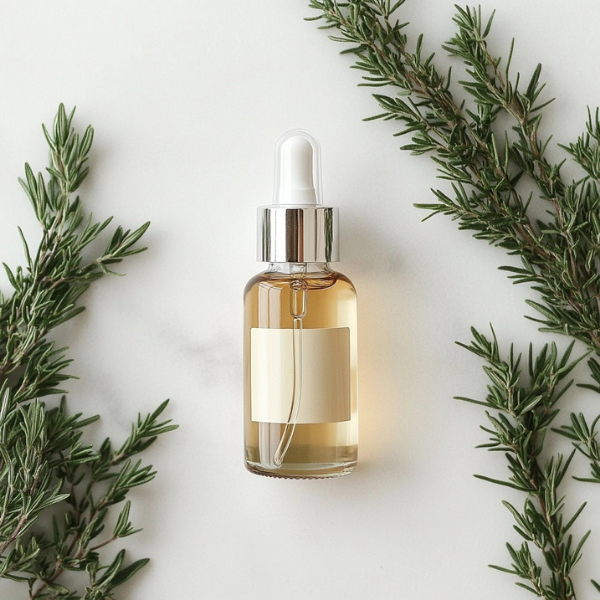Learn how to make your own all-natural DIY bug spray with essential oils like citronella, eucalyptus, and lavender. Keep bugs away without harmful chemicals!
Introduction:
When you’re spending time outdoors, keeping bugs away is a must. However, many commercial bug repellents are loaded with harsh chemicals that can irritate the skin or harm the environment. Luckily, there’s a safe, natural alternative that works just as effectively. This DIY bug spray, made with essential oils like citronella, eucalyptus, and lavender, provides a chemical-free way to keep pests at bay. Perfect for families or anyone seeking a natural solution, this easy-to-make bug spray will protect you without harmful toxins.
Benefits of This All-Natural DIY Bug Spray:
- Chemical-Free Protection:
This homemade bug spray is free from harmful chemicals and artificial fragrances, making it a safer option for both you and the environment. - Effective Bug Repellent:
Citronella, eucalyptus, and lavender essential oils are known for their natural bug-repellent properties, effectively keeping mosquitoes and other pests away. - Family-Friendly:
Safe for use by everyone in the family, this bug spray provides natural protection, making it ideal for kids and adults alike. - Moisturizes the Skin:
With ingredients like witch hazel and vegetable glycerin, this spray not only repels bugs but also helps hydrate and soothe your skin. - Customizable Scent:
You can easily adjust the essential oils used to create your favorite fragrance, whether you prefer something fresh, floral, or invigorating.
Ingredients Overview:
- 1/2 cup witch hazel:
Witch hazel acts as a natural astringent and helps mix the oils with water. It also has soothing properties for the skin. - 1/2 cup water:
Used to dilute the essential oils and make the spray more versatile for application. - 20 drops citronella essential oil:
Known for its mosquito-repelling abilities, citronella is a classic and highly effective natural insect repellent. - 15 drops eucalyptus essential oil:
Eucalyptus oil not only has a refreshing scent but also repels mosquitoes and other pests. It’s a natural alternative to chemical repellents. - 10 drops lavender essential oil:
Lavender provides a calming fragrance while helping to repel bugs. It’s also gentle on the skin and can help soothe irritation from bug bites. - 1 tablespoon vegetable glycerin (optional):
Vegetable glycerin helps the essential oils blend better with water and adds moisture to your skin.
Directions:
- Mix Ingredients:
In a spray bottle, combine 1/2 cup of witch hazel and 1/2 cup of water. This will be the base for your bug spray. - Add Essential Oils:
Add 20 drops of citronella, 15 drops of eucalyptus, and 10 drops of lavender essential oils to the bottle. These oils work together to keep bugs away. - Optional Glycerin:
If you want the oils to blend more effectively and add extra hydration, you can add 1 tablespoon of vegetable glycerin to the mixture. - Shake Well:
Secure the lid on the spray bottle and shake well to combine all ingredients. Be sure to shake before each use, as the oils may separate. - Use the Spray:
Spray directly onto your skin or clothing, avoiding your eyes and mouth. Reapply as needed, especially after sweating or swimming.
How to Use It:
- Frequency:
Apply as needed, particularly when spending time outdoors in areas with high bug activity. Reapply every few hours or after swimming or sweating. - Amount:
Spray a generous amount onto exposed skin and clothing to ensure complete protection. - Skin Type:
This spray is gentle and safe for most skin types. However, if you have sensitive skin, do a patch test first to ensure no irritation occurs. - Patch Test Tips:
Always do a patch test before applying any new product, especially if you’re using essential oils for the first time. Apply a small amount to the inner wrist or behind the ear to check for allergic reactions.
Storage & Shelf Life:
- Storage Tips:
Store the spray in a cool, dark place, away from direct sunlight, to preserve the potency of the essential oils. - Shelf Life:
This bug spray can last up to 2-3 weeks. If you want to extend its shelf life, refrigerate the spray, especially if you’re using it frequently.
Customization Tips:
- For extra skin hydration:
Add a few more drops of vegetable glycerin for additional moisture, especially if you have dry skin. - For a refreshing scent:
Try adding peppermint or lemongrass essential oil for an extra refreshing and cooling effect. - For sensitive skin:
If you have sensitive skin, reduce the amount of essential oils or choose gentler options like chamomile or geranium.
Common Mistakes to Avoid:
- Using too much essential oil:
While essential oils are effective, they can be irritating if used in excessive amounts. Stick to the recommended drops for safe and effective use. - Not shaking the bottle before use:
The oils and water can separate, so be sure to shake the bottle well before each use to ensure even distribution of ingredients. - Not testing before use:
Always patch test the spray, especially if you’re using it for the first time or if you have sensitive skin, to avoid any adverse reactions. - Storing improperly:
Avoid storing the bug spray in a warm area or direct sunlight, as heat can degrade the quality of the essential oils. - Not reapplying when needed:
Be mindful of reapplying the bug spray throughout the day, especially when outdoors for extended periods or after swimming.
FAQs:
1. Can I use this bug spray on my pets?
While the ingredients are natural, it’s best to avoid using essential oils on pets, as some oils can be toxic to animals. Always consult your veterinarian before using homemade products on pets.
2. Is this bug spray safe for children?
Yes, this bug spray is safe for children. However, you may want to reduce the amount of essential oils used if you’re applying it to young children or babies. Always do a patch test first.
3. Can I use this on my face?
It’s best to avoid spraying the bug repellent directly on your face. Instead, spray it on your hands and rub it into your face, avoiding your eyes and mouth.
4. How often do I need to reapply this spray?
Reapply the spray every 2-3 hours, or more frequently if you’re sweating, swimming, or in a high-bug activity area.
5. Can I make a larger batch of this bug spray?
Yes, you can easily scale up the recipe by doubling or tripling the ingredients to make a larger batch. Just make sure to store it in a larger spray bottle.
Conclusion:
This all-natural DIY bug spray offers a safe, chemical-free way to protect yourself from bugs while enjoying the outdoors. With essential oils like citronella, eucalyptus, and lavender, you’ll have a refreshing, effective repellent that’s safe for the whole family. Try making your own batch today and keep bugs at bay naturally!

